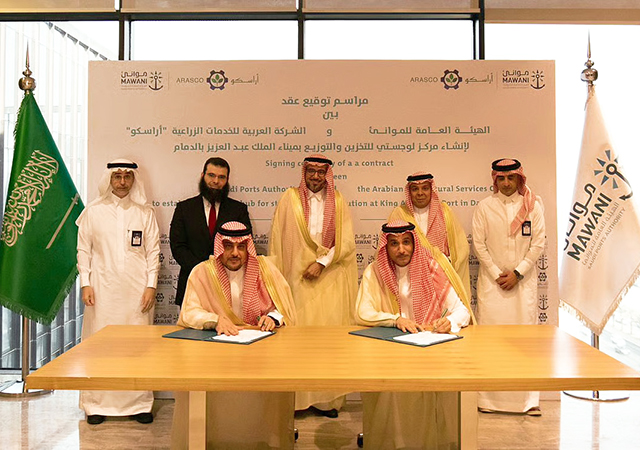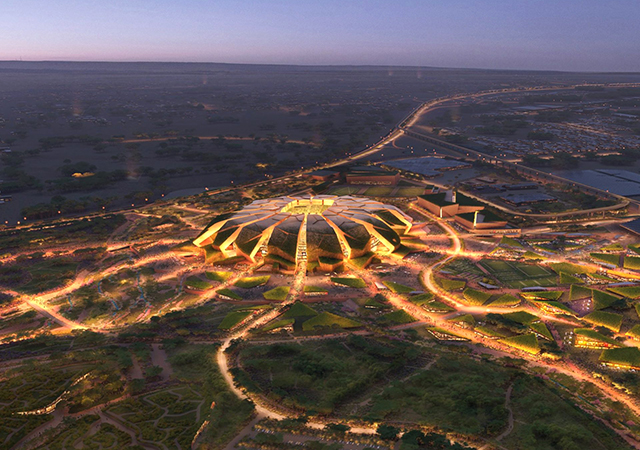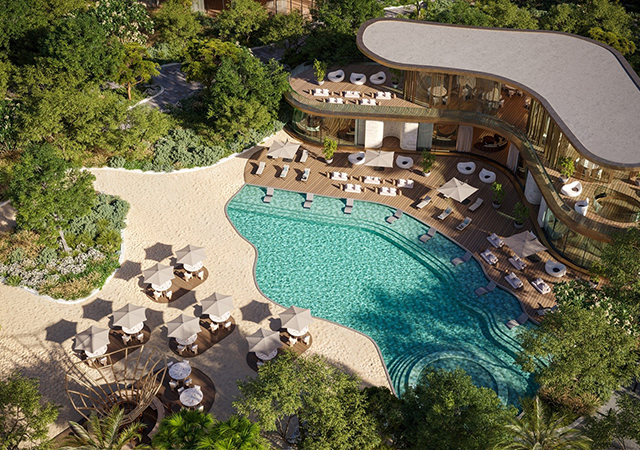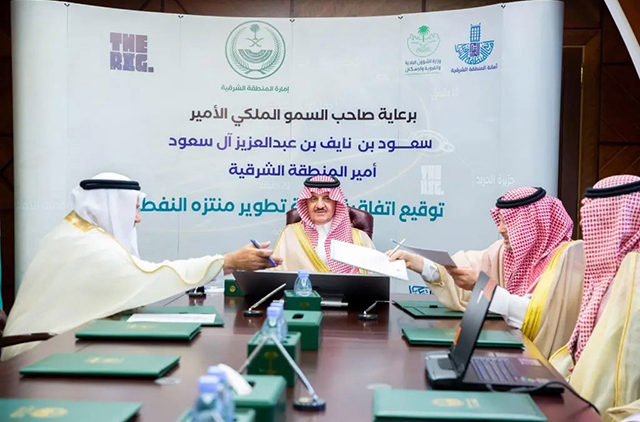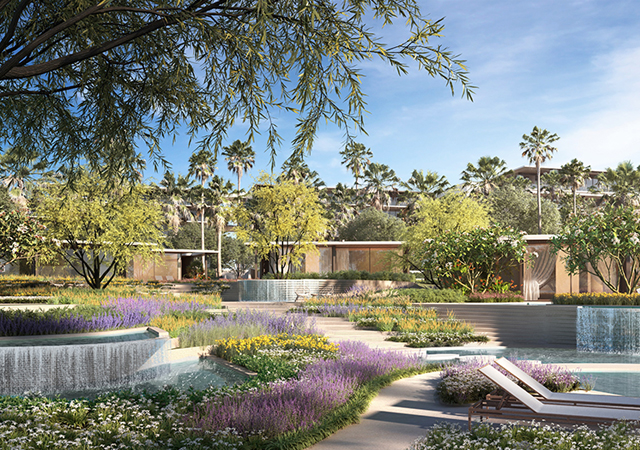
 The proposed tower is expected to be centrepiece of the North Pole project.
The proposed tower is expected to be centrepiece of the North Pole project.
British design firm Foster + Partners is working on the multibillion-dollar project to build the world’s tallest building – a 2-km-high skyscraper in Riyadh, said a report.
The scheme is set to be twice the height of the current record holder, the 828-m-tall Burj Khalifa in Dubai designed by US-based Skidmore, Owings & Merrill (SOM), reported The Architects’ Journal.
Saudi sovereign wealth fund PIF (Public Investment Fund) is reportedly behind the proposed record-breaking Riyadh skyscraper, which will come up on a site close to King Khalid International Airport, north of the Saudi capital.
SOM and a host of other international design names such as Adrian Smith & Gordon Gill Architecture; Kohn Pedersen Fox; and Gensler had been in the race for the coveted project along with 10Design, a part of France’s Egis, and Dubai-based Killa Design, said the report citing sources.
Foster is also overseeing a massive expansion of the Riyadh airport – renamed the King Salman International Airport – after winning a separate deal for the 57-sq-km development in late 2022. The practice is now working on at least three airports in Saudi Arabia.
According to various media sources, the proposed skyscraper coming up in the heart of Riyadh, is set to be named The Rise. The project, whose design was unveiled in August last year, will be entirely powered by solar energy as well as other renewable sources.
The dizzying tower, which will boast a record 678 floors, is to be developed by Saudi PIF as the centrepiece of its mammoth North Pole project, spanning an impressive 306 sq km area in the northern part of the capital city.
“This visionary project embraces the Rise Tower and seamlessly connects with the Cube Tower in the New Square project and neighbouring neighbourhoods,” said Mohammed AlQahtani, the CEO of Saudi Arabia Holding Company, which is reported to be developing the North Pole project.
“Excitingly, the North Pole project offers a diverse range of facilities, including residential neighbourhoods, commercial areas, industrial zones, entertainment hubs, green spaces, sports centers, educational institutions, medical facilities, government centers, and cultural landmarks,” he stated in his LinkedIn post.






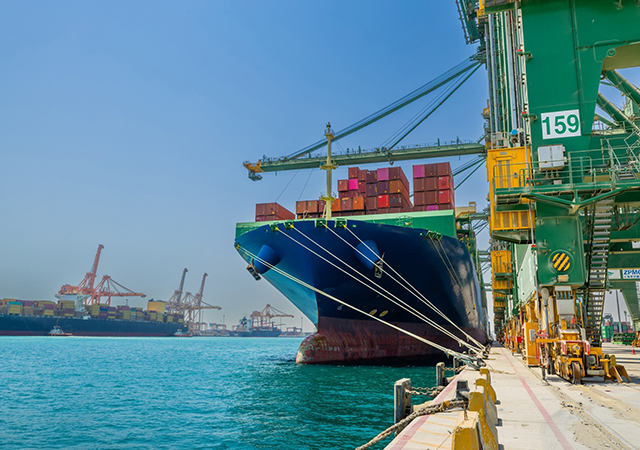
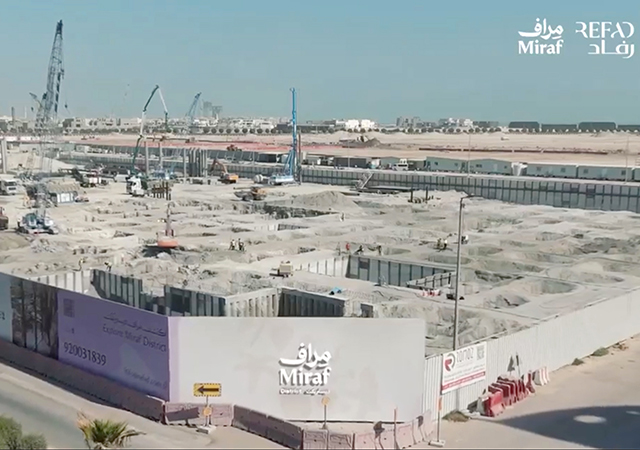
.jpg)




.jpg)

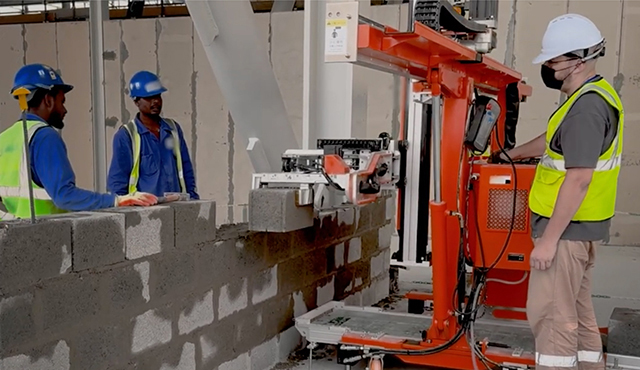

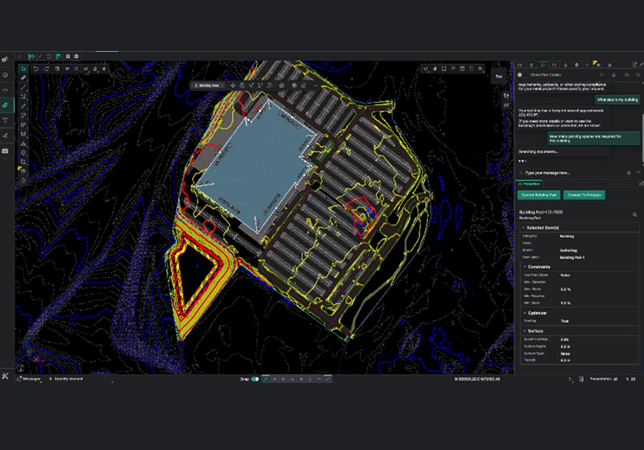



















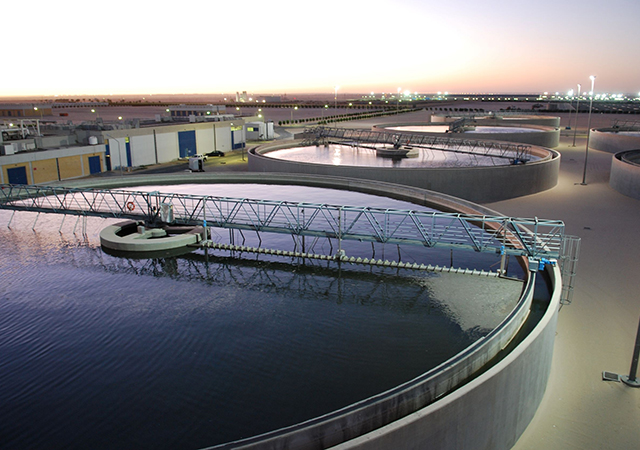


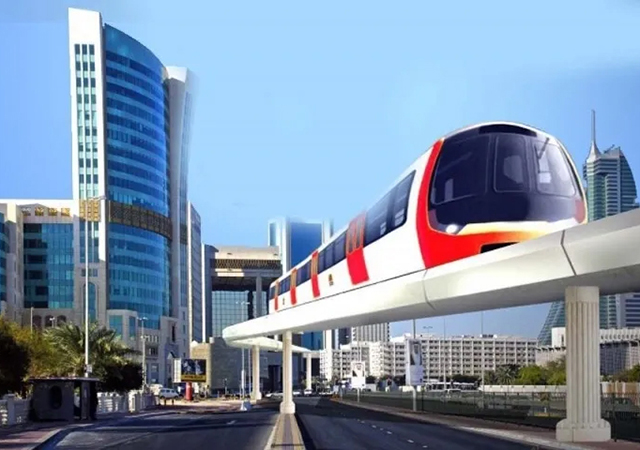

.jpg)




